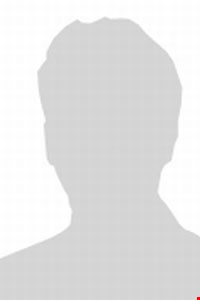Summary
Supervisors: Johannes Birringer & Gretchen SchillerResearch: Material Agency and Performative Dynamics in the Practices of Media ArtThis dissertation identifies a strategy of artistic inquiry within contemporary media art practices that addresses the contextuality of materials. It applies the concept of material that acts in an agential capacity and identifies how the emergent potentials of materials and their interconnectedness with other compositional and informational layers of a work can effect change in the artistic system, and generate performative processes.Through the theoretical investigation of architectural design methods (Lars Spuybroek’s Machining Architecture, Greg Lynn’s Animate Form) and the materialization processes of physical structures, the thesis focuses on the compositional dynamics within which materials actively perform. It examines how both the tactile potential as well as tactical uses of materials might describe an open and active artistic strategy for employing the experimental capacities of materialization processes.Building on conceptual arguments that trace positions associated with agency, object oriented ontology, and agential enactment, the thesis introduces the two mixed media art installations Ani_mate and On Track, which apply the introduced artistic strategies. The analyses of their creation processes trace the particular capacities of the materials involved, their elasticity, respectively viscosity, to negotiate forces of physical movement, which effect the systems to transiently or irreversibly transform.The alliance this thesis develops with current discourse on agency and materiality is to broaden the scope of action, taking it into the domain of the unintended and contingent - yet productive – effects, and to draw material’s agential capacities into the complex relationships of the alive world. Transposing this approach into media art and performance practices suggests conceptualizing and materializing scenarios, environments and installations that show and make present these relations rather then representing them.The political or ecological projection that lies behind both the conceptual and performative insistence on the recognition of the agential powers of materials is to stimulate awareness of the connections within and beyond their material domain, in order to cultivate a more careful approach to human intervention in any ecology.About: Marion Tränkle is an artist and designer drawing upon professional experience in media art, architecture, and choreography/performance. She received an Engineer Diploma from the TU Berlin, and holds degrees in Contemporary Dance from the Amsterdam School of the Arts, and from the Media Technology program at Leiden University. At Brunel University she conducted a practice-based doctoral study at the School of Arts.Tränkle’s artistic practice in interactive, scenographic, and performative installation focuses on live processes of transformation, which are physically performed and staged. Her artistic research is motivated by questioning materials’ ontological status within current culture and society, and to foster an artistic sensibility towards the fragility and complexity of environments, including a performative engagement with the forces and processes that act upon them.

